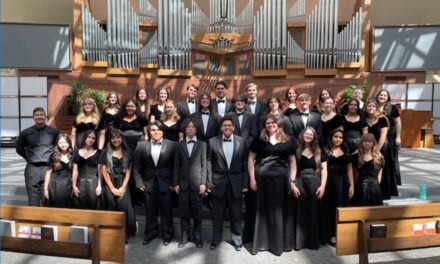County of Riverside approved to move to COVID-19 Red (Substantial) Tier
RIVERSIDE COUNTY — It’s the news for which so many residents have been waiting: places of worship, along with indoor dining, gyms and places of worship can reopen — with some restrictions — in Riverside County.
The State of California today advised Riverside County it has been approved to open more businesses and move from the COVID-19 purple (widespread) tier — to the red (substantial) tier, thanks to a steady decline in coronavirus case numbers.
The county is one of several in California that advanced Tuesday in the state’s color-coded four-tier system that was implemented last month to curtail the coronavirus spread. Riverside County progressed from the most restrictive “purple tier” to the “red tier,” indicating that COVID-19 spread has improved from being “widespread” to “substantial.”
The following additional sectors can reopen in Riverside County under the red-tier guidelines:
- Indoor retail (at 50 percent maximum capacity)
- Indoor and outdoor malls, destination centers, swap meets (at 50 percent maximum capacity with food courts allowed to reopen at reduced capacity; common areas would remain closed)
- Indoor personal care services
- Indoor museums, zoos and aquariums (at 25 percent maximum capacity)
- Indoor places of worship (at 25 percent maximum capacity or 100 people, whichever is fewer)
- Indoor gyms, fitness centers (at 10 percent capacity)
- Indoor restaurants (at 25 percent capacity or 100 people, whichever is fewer)
- Schools can reopen on a widespread basis (without a waiver)
Hair salons and barbershops had previously been allowed to reopen with limitations.
Riverside County will now look toward moving into the orange tier. Counties must remain at each tier for a minimum of 21 days before moving to the next tier. Schools may reopen for in-person instruction on a widespread basis (without a waiver) once a county is in the red tier for at least two weeks. the County moves to the next tier, the following industry sectors may reopen:
- All indoor retail (no limitations on capacity but safety guidelines will be in place)
- Indoor malls, shopping centers, destination centers, swap meets (with modifications including closed common areas, reduced capacity in food courts)
- Indoor museums, zoos and aquariums (modifications include 50 percent indoor capacity)
Indoor places of worship (modifications include maximum 50 percent capacity or 200 people, whichever is fewer) - Indoor movie theaters (modifications include maximum 50 percent capacity or 200 people, whichever is fewer)
- Hotels and lodging (modifications include onsite fitness centers can open to maximum 25 percent capacity; indoor pools may reopen)
- Indoor gyms and fitness centers (modifications include maximum 25 percent capacity; indoor pools may reopen)
- Indoor restaurant dining (modifications include maximum 50 percent capacity or 200 people, whichever is fewer)
- Indoor wineries (modifications include maximum 25 capacity indoors, or 100 people, whichever is fewer)
- Bars, breweries and distilleries (modifications include open outdoors only)
- Family entertainment centers (with modifications including open indoors for naturally distanced activities; maximum 25 percent capacity; bowling alleys and climbing activities allowed)
Indoor card rooms, satellite wagering (modifications include 25 percent capacity)
Indoor offices (although indoor offices may open, telecommuting is preferred)
Image Sources
- We’re open: Shutterstock







